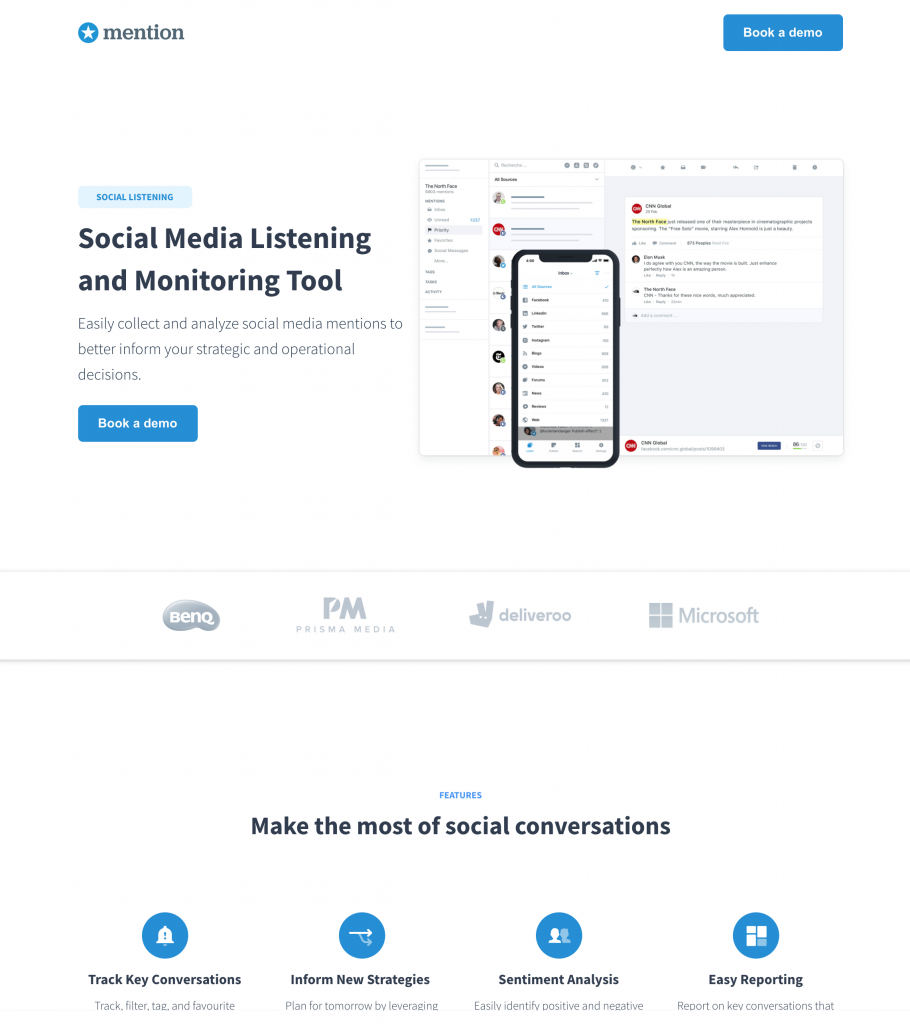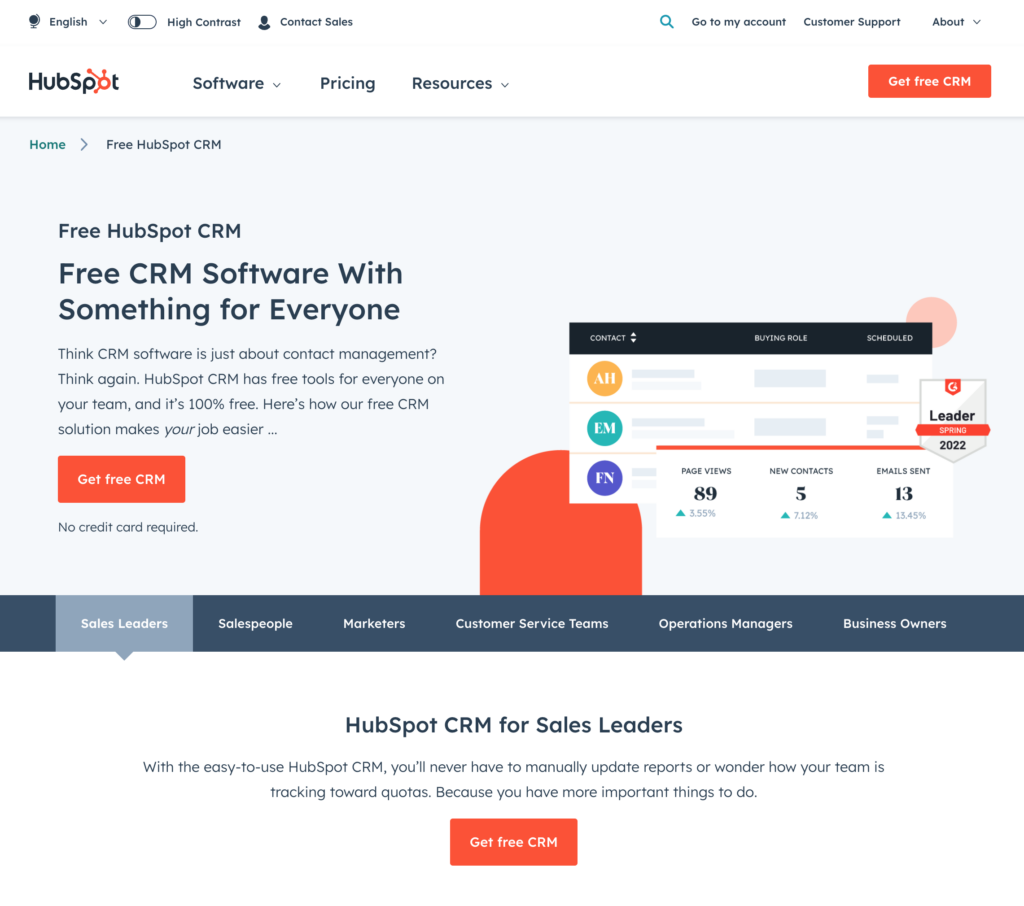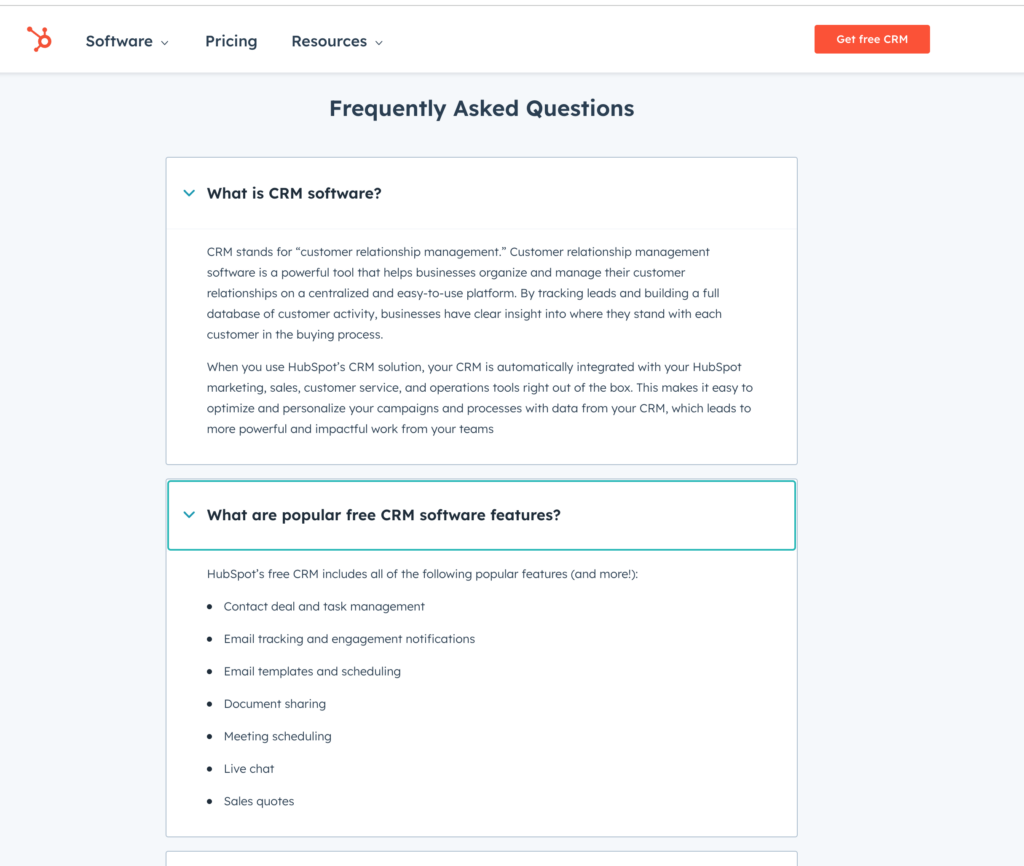As a practitioner that has focused largely on technical SEO, link building, and digital PR in my career, the area of revenue-focused SEO landing pages is fascinating to me.
That being said, philosophically, an SEO landing page can mean different things to different people.
So we’ll set the stage on a few things and what we mean.
Landing pages are:
- Typically lower funnel pages where the goal is to get people to take action and convert
For the purpose of this post we are separating landing pages from these pages:
- Product pages
- Category pages
So while product pages, category pages, and blog posts most certainly can and are landing pages that people do convert on, for this post we’re focusing on what most people mean when they talk about landing pages: a focused page that has a goal of having you fill out the form to convert.
It’s all about conversion.
What’s the Difference Between SEO and PPC Landing Pages?
Typically on a paid search landing page you’ll have a small amount of content, and focus purely on conversions.
In addition, with paid search landing pages, you will noindex the page so it doesn’t show up in search results.
Paid search landing pages also have a minimal header navigation and few “leaks” where people may click out to another page before converting.
Here’s a good example from Mention:

Conversely, with SEO landing pages, you want to target distinct products or services that are different enough from other offerings that they deserve their own page.
You may also choose to do this if you want to target distinct variations of similar keywords that have a different intent.
For example, our technical SEO landing page is directly targeting technical SEO consulting. While this is a standard service page, it’s also a landing page because it is conversion oriented:

SEO landing pages should be sure to do the following:
- Be clear on conversion goals and revenue monetization level
- Be clear on funnel level – is it a mid-funnel landing page or lower-funnel landing page?
- Specifically target a topic or keyword with healthy volume or customer demand to warrant creation and maintenance.
- Write about 1,000 – 2,000 words on the landing page.
- Cover multiple subtopics on the page, write like a human and think deeply about what your buyer persona wants to see.
- Write out the 5-10 most common FAQs and put those at the bottom of the page.
- Include images and video to demonstrate your knowledge and intelligence, as well as personality.
- Cover the basics of SEO – include keyword in a compelling title tag, page headline and meta description.
- Link internally from other pages on your site to this new SEO landing page, ideally 5 links to start, more later if you can.
- Earn external links to this page. Much harder to do, but when writing a guest post, link back to this page if it makes sense contextually.
- Don’t worry too much about the other nitty gritty things like image SEO and other small factors, you can come back to that about 30 days after launching to further optimize, but don’t let it delay things now.
- Monitor the results of the page over the 30-90 days post launch and add in new keywords and topics you see pop up in Google Search Console. Can also monitor user screen recordings using Hotjar or FullStory.
Hybrid SEO and PPC Landing Pages
There are also some who do hybrid landing pages, which are use for both paid traffic and SEO. If you’re tight on time and resources, these can be a good place to start. The downside is if you’re optimizing for paid search conversions, you’ll be sub-optimizing for SEO, and vice versa.
Here’s a good example from Socialbakers:

Socialbakers may be accidentally allowing this page to show in search results since the title tag isn’t optimized for SEO, nor is the page long in content. But it’s bringing in some organic traffic and they’re also sending AdWords traffic to the page.
Example SEO Landing Pages
HubSpot – Free CRM Landing Page

“Free CRM” is a massive search term with clear conversion intent. Who takes the cake? Inbound king HubSpot.
Their well-designed landing page is certainly not a boring informational post, yet it has lots of content on the page to help it rank in Google organic search as well.
Expandable FAQs and tabbed content are great ways to answer plenty of questions and show a lot of content, without overwhelming the design or conversion path for the user.

I can imagine lots of long meetings at HubSpot with discussions around these landing pages from multiple stakeholders.
Leave a Reply